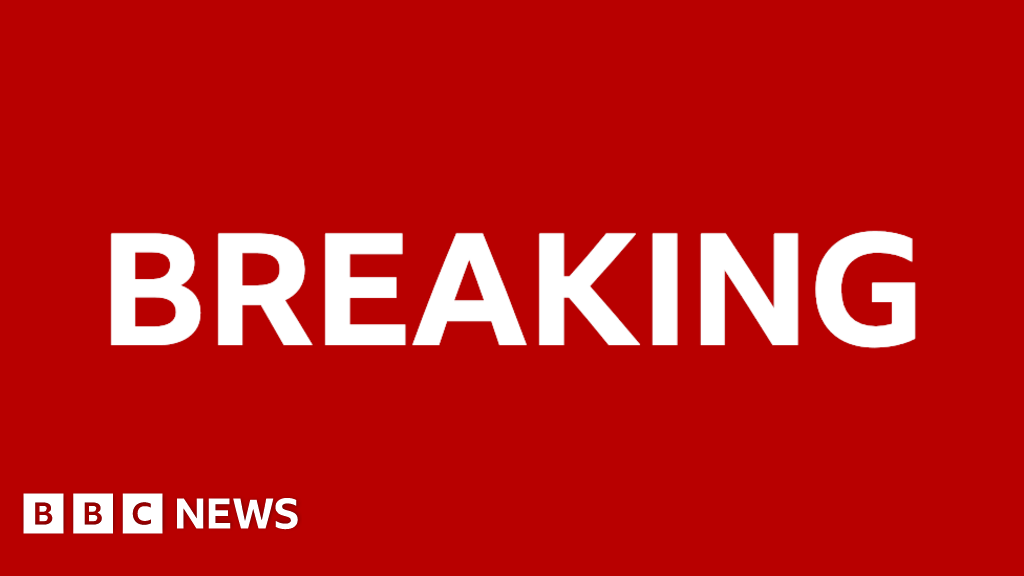ARTICLE AD BOX
No indication of aliens... I loved ET but I'll leave it there - WH spokeswoman
The sensors from a suspected Chinese spy balloon shot down after crossing the US have been recovered from the Atlantic Ocean, the US military says.
Search crews found "significant debris from the site, including all of the priority sensor and electronics pieces identified", said US Northern Command.
The FBI is examining the items, which the US says were used to spy on sensitive military sites.
The US has shot down three more objects since the first one on 4 February.
"Large sections of the structure" were also recovered on Monday off the coast of South Carolina, military officials say.
About 30-40ft (9-12m) of the balloon's antenna array are among the items found, according to CBS, the BBC's US partner.
US officials said the high-altitude balloon originated in China and was used for surveillance, but China said it was merely a weather-monitoring airship that had blown astray.
Since that first incident, American fighter jets have shot down three more high-altitude objects in as many days - over Alaska, Canada's Yukon territory, and Lake Huron on the US-Canada border.
In the Lake Huron strike, the first Sidewinder missile fired by the US F-22 warplane missed its target and exploded in an unknown location, US media reported, citing military sources. The second missile hit the target, according to reports.
Each Sidewinder missile costs over $400,000 (£330,000).
Officials have said the slow-moving unidentified objects, all of which have been smaller than the original balloon, may be difficult for military pilots to target.
White House spokesman John Kirby said on Monday the three other objects were shot down "out of an abundance of caution".
They did not pose "any direct threat to people on the ground", but were destroyed "to protect our security, our interests and flight safety", he said.
The balloon shot down over South Carolina was described by officials as the size of three buses.
The second object, over Alaska, was described by officials as the size of a "small car". The third object, over the Yukon, was "cylindrical". And the fourth, over Michigan, was said to be "octagonal" with strings attached.
Watch: 'What’s going on?' The mind-boggling balloon mystery in 61 seconds
The recovery of the balloon shot down on 4 February was delayed amid foul weather.
Efforts are under way to collect debris from where the other objects were blown out of the sky.
Canada's federal police force said on Monday that the search area in the Yukon Territory was about 3,000 sq km (1,870 sq miles), including "rugged mountain terrain with a very high level of snowpack".
Royal Canadian Mounted Police spokesman Sean McGillis said there was a possibility the fragments from the Yukon and Lake Huron incidents might never be recovered because of their remote locations.
Image source, US Navy
Image caption,Navy divers helped recover the balloon from the Atlantic Ocean
Canadian Armed Forces Major-General Paul Prévost said all three of the most recent objects to be shot down appeared to be "lighter than air" machines, and described the Lake Huron object as "a suspected balloon".
The military chief added that any members of the public who discovered debris should contact the police directly.
Secretary of State Antony Blinken is considering meeting China's most senior diplomat, Wang Yi, later this week at a security conference in Munich, Germany, sources familiar with the negotiations told US media on Monday.
Amid the row over high-altitude aircrafts, America's top diplomat cancelled a visit to Beijing that was initially planned for last week.

 2 years ago
50
2 years ago
50








 English (US) ·
English (US) ·